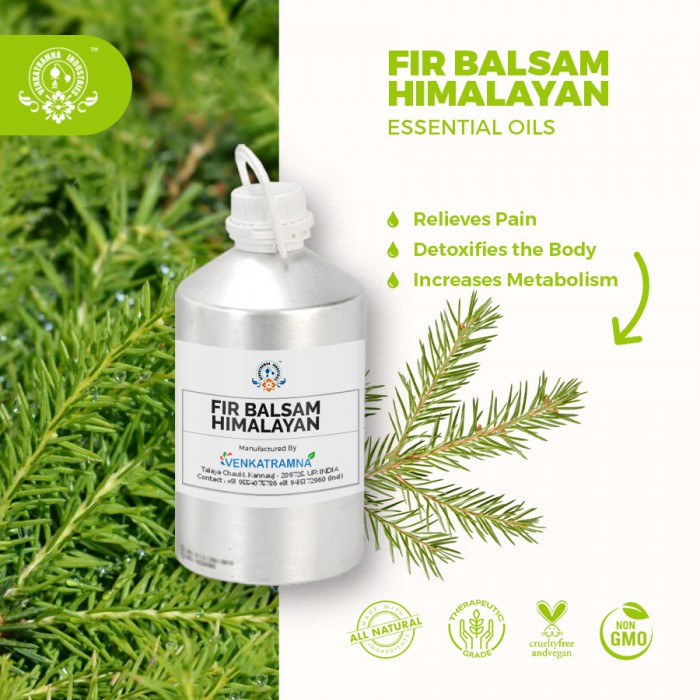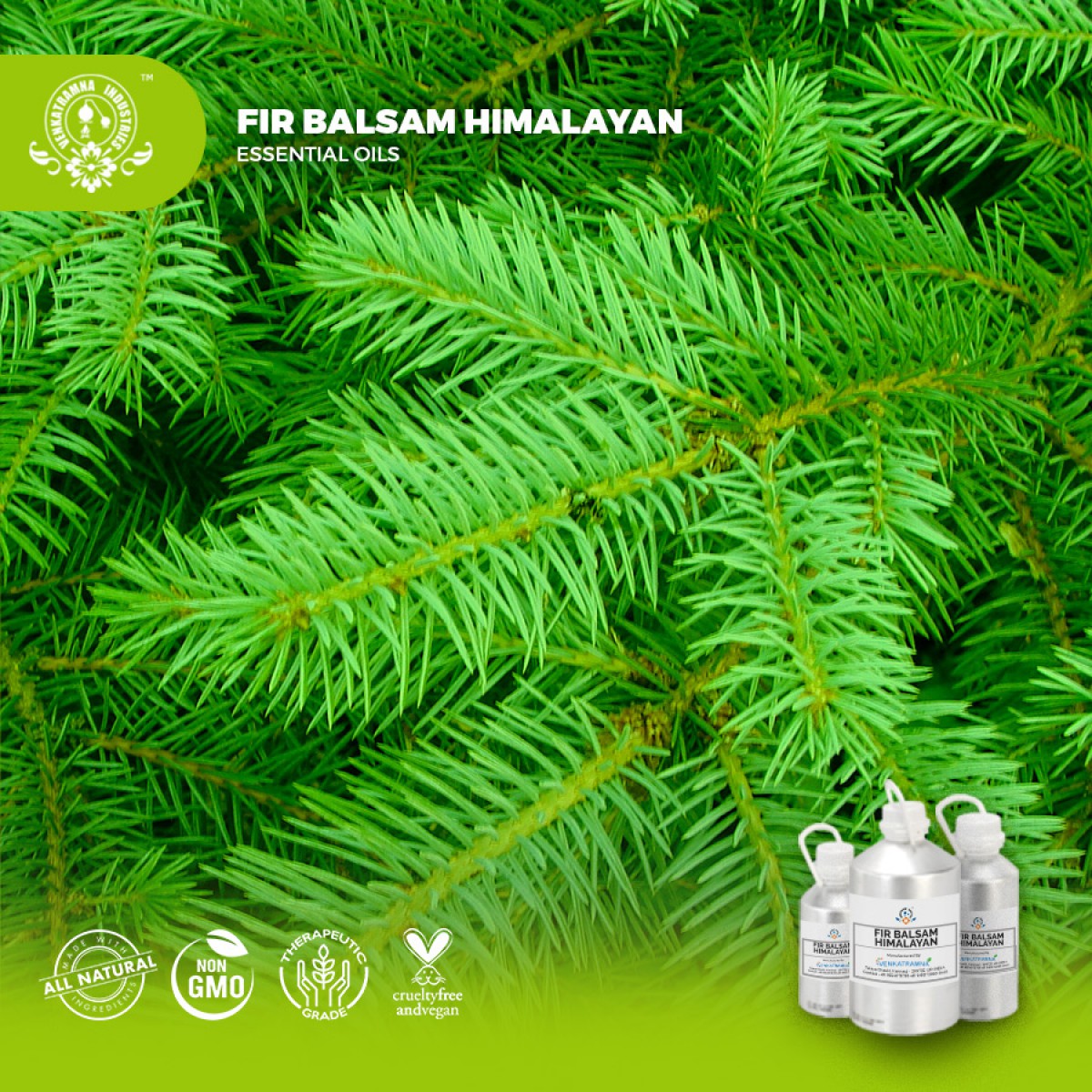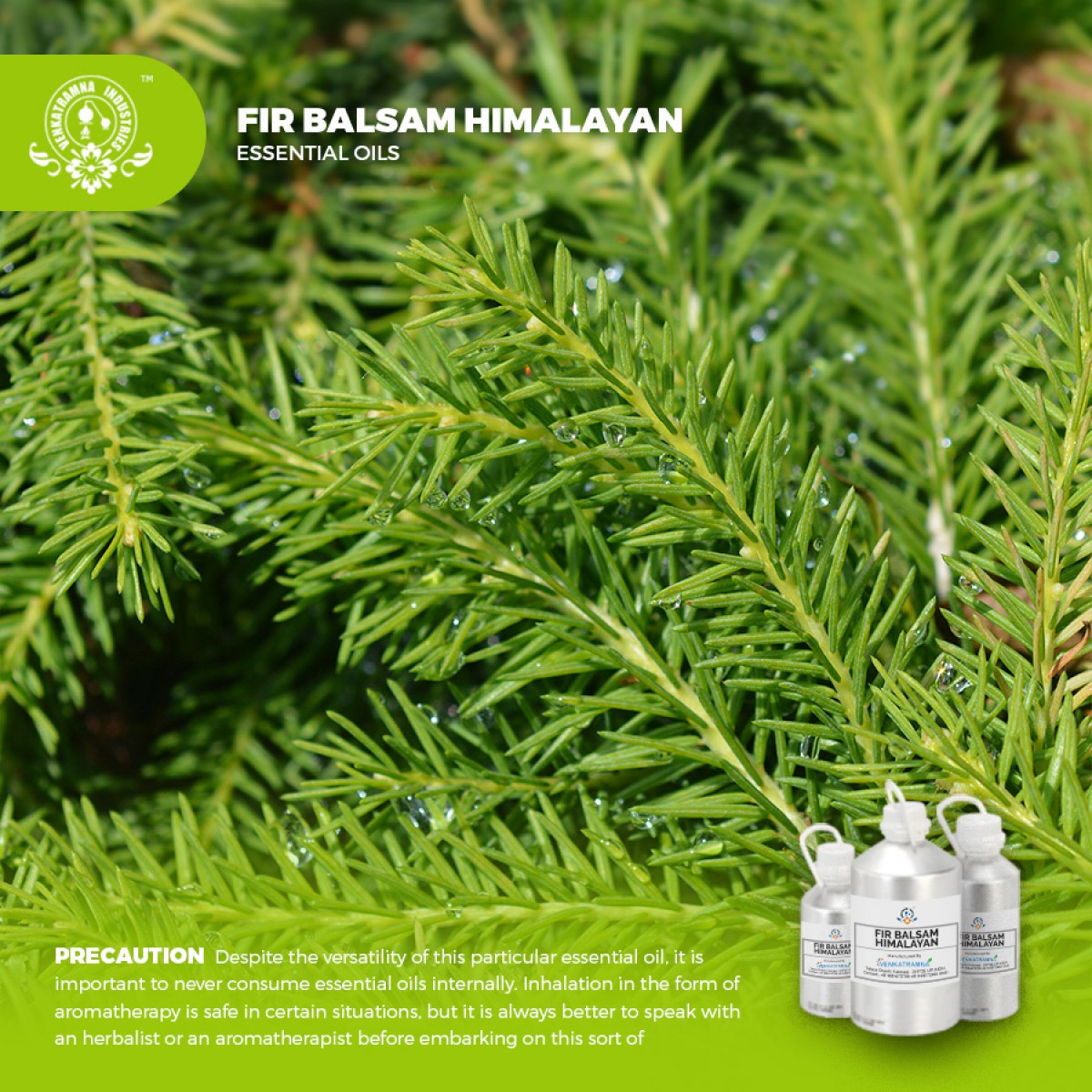Botanical Name: Abies spectabilis Common name: Himalayan Silver Fir, East Himalayan Fi Read More
|
Botanical Name: |
Abies spectabilis |
|
Common name: |
Himalayan Silver Fir, East Himalayan Fir, Talispatra |
|
Plant family: |
Pinaceae |
|
Genus: |
Abies |
|
Appearance/Color: |
A medium, clear,
colorless to pale yellow liquid. |
|
Odor: |
A middle note of
strong aroma, Fir Balsam Essential Oil has the crisp, clean scent of fir
balsam needles. |
|
Blends With: |
Cedar wood, Pine, Benzoin, Lavender, Patchouli, Spruce
and Rosemary |
|
Origin: |
Needles (leaves) and Twigs |
|
Source: |
India |
|
Method of
Extraction: |
Steam Distillation |
Abies is the important genus of
the Coniferales, commonly the plant has been termed as the FIRS. Some of the
species of the FIRs has been termed as the silver FIRs Abies names has been
proposed by the Nirgil (70-19 BC) for the wood of the plant , the name has been
used for the scandivinian FIRs, silver FIRs usually found in the high
mountainous area (500-2000 m. The moist humid conditions are required for the cultivation
of the FIRs, the rainfall for the cultivation of the FIRs should be between the
800-2000 mm, it is distributed in whole of the northern part of the world ,
they are distributed in the central Europe, south and eastern Germany.
The plant is erect, pyramidical
typical cone shaped, the plant has the very marvelous appearances, likes the typical
ornaments. Leaves of the Abies are like the other Coniferales needles; in some
of the species dimorphism can be observed. Abies spectabilis is an evergreen
tree with a narrow, conical crown; it can grow up to 45 meters tall. The
straight, cylindrical bole can be 200cm or more in diameter
The tree is harvested from the wild for mainly local use as a source of
medicines and materials.
This species has a wide distribution from East Nepal into eastern Afghanistan
and is usually the dominant tree in the stands, but may also occur with other
conifers or broadleaf trees. The forest has suffered severe depletion,
especially at the lower elevations, from logging and deforestation. A
population decline of approximately 25% over the past three generation has occurred.
The plant is classified as 'Near Threatened' in the IUCN Red List of Threatened
Species (2013).
DISCLAIMER
The complete range of conditions
or methods of use are beyond our control therefore we do not assume any
responsibility and expressly disclaim any liability for any use of this
product. Information contained herein is believed to be true and accurate however,
all statements or suggestions are made without warranty, expressed or implied,
regarding accuracy of the information, the hazards connected with the use of
the material or the results to be obtained from the use thereof. Compliance
with all applicable federal, state, and local laws and local regulations
remains the responsibility of the user.
The FDA has not evaluated the
statements on this website. No claims are made by Venkatramna Industries as to
the medicinal value of any products from vriaroma.com or by us. The information
presented here is for educating our customers about the traditional uses of
essential oils and is not intended to diagnose, treat, cure, or prevent any
disease. You are responsible for understanding the safe application of these products.
If you have any questions, please call or email us for further information.
As per NAHA guidelines, New Directions Aromatics
(NDA) does not recommend the ingestion of essential oils. It is imperative to
consult a medical practitioner before using Essential Oils for therapeutic
purposes. Pregnant and nursing women and those taking prescription drugs are
especially advised not to use this product without the medical advice of a
physician. The oil should always be stored in an area that is inaccessible to
children, especially those under the age of 7.
In Ayurveda, the traditional system of Indian medicine, this
plant had been described for using against swasa (chronic obstructive pulmonary
diseases), kasa (cough), gulma (tumor), agnimandya (hypochlorhydria), amadosha
(amoebiasis), hikka (hiccup), chhardi (vomiting), krimi (helminthiasis) and
mukharoga (mouth disorders). The leaves of this plant have been traditionally
used for their carminative, stomachic, expectorant, decongestant, antiseptic,
astringent, antihyperglycemic, female antifertility, febrifuge and
anti-spasmodic properties. The decoctions of the leaves are useful orally in
cases of cough, phthisis, asthma, chronic bronchitis and catarrh of the bladder
and other pulmonary infections. Furthermore, leaves of the plant have been used
traditionally for its chemotherapeutic efficacies in several ailments like
rheumatism, hoarseness, chronic bronchitis and other pulmonary affections.
The leaves are astringent,
carminative, expectorant, stomachic and tonic. The leaf juice used in the
treatment of asthma, bronchitis etc. An essential oil obtained from the leaves
is used to treat colds, rheumatism, and nasal congestion. The leaf juice is antiperiodic.
An essential oil is obtained from
the plant, though the report does not give yields or uses. The dried leaves,
mixed with other ingredients, are used in making incense
COMMON USAGE
·
Improves respiratory function
·
Antiperiodic
·
Astringent
·
Carminative
·
Expectorant
·
Stomachic
·
Tonic
Ingredients:
|
S.No |
Key Constituents |
Strength (%) |
|
1 |
(P)-limonene |
29.6 |
|
2 |
a-pinene |
19.1 |
|
3 |
b-pinene |
9.1 |
|
4 |
b-caryophyllene |
5.3 |
|
5 |
Bornyl acetate |
4.7 |
|
6 |
Calarene |
4.2 |
|
7 |
camphene |
3.7 |
|
8 |
b-bourbonene |
3.3 |
|
9 |
Maaliene |
3.3 |
|
10 |
g-selinene |
3.3 |
|
11 |
b-myrcene |
2.5 |
|
12 |
Caryophyllene |
2.4 |
|
13 |
d-cadinene |
2.1 |
Safety Summary
·
Hazards: Skin sensitization if oxidized.
·
Cautions: Old or oxidized oils should be
avoided.
Systemic Effects
·
Acute Toxicity Not known
·
Skin corrosion/irritation: May be irritating to
skin.
·
Serious eye damage/irritation: May be irritating
to eyes. Prompt rinsing and removal of the substance will avoid damage.
·
Respiratory sensitization: Not applicable under
normal use.
·
Germ cell mutagenicity: Not specified
·
Carcinogenicity: Not Listed As Carcinogen
·
Reproductive toxicity: Not specified
·
STOT-single exposure: Not specified
·
STOT-related exposure: Not specified
·
Aspiration hazard: Not specified
·
Interactive effects Not specified
·
Acute aquatic toxicity: Harmful to aquatic life
with long lasting effects.
·
Persistence and degradability: Not available
·
Bioconcentration Factor: Not determined
·
Mobility in soil: Not available.
·
Results of PBT and vPvB assessment: Not determined
Do not allow the material to
enter streams, sewers or other waterways.





 MSDS-Fir_Balsam.pdf
MSDS-Fir_Balsam.pdf




